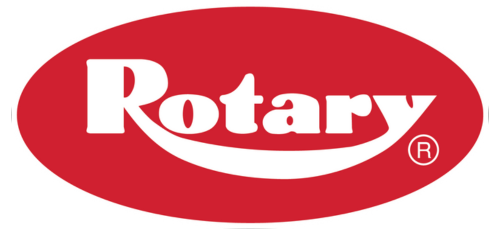 Safety is important in every industry, but for some the stakes are a little higher. Repair technicians face serious risks, and one of them comes from using the wrong lifts for the job. When your equipment suspends a car above your head, you want it to stand strong. Here’s how to choose a two-post car lift that will hold up under the tasks in your shop.
Safety is important in every industry, but for some the stakes are a little higher. Repair technicians face serious risks, and one of them comes from using the wrong lifts for the job. When your equipment suspends a car above your head, you want it to stand strong. Here’s how to choose a two-post car lift that will hold up under the tasks in your shop.
Accurately Evaluate What You Need
Overloading a lift is a real risk. Its arms can bend or break, causing serious damage to the vehicle, your shop or worse. When you’re looking for a new lift to put in your facility, start by thinking about what types of vehicles your business typically sees. Are customers bringing in mostly cars or has there been an uptick in trucks? How big are they exactly? Take this information and look for lifts in that capacity range.
Also talk with technicians to make sure you’re providing what they need from a functionality standpoint. Are there certain tasks that are harder for them or feel risky? For example, if loading is a hassle, there’s a chance they might rush it, causing the car to be off balance. Or maybe having only one lift with a higher capacity causes a bottleneck as techs wait to use it. Get a good understanding of what you need before you start shopping.
Consider Quality and Certifications and Testing
Choosing a lift goes beyond looking at the specifications. Ensuring they match your vehicle makeup is a good start, but it’s not the only consideration. Also think about things like:
- The lift-makers experience and time in the market
- What safety certifications those lifts have
- A manufacturer’s reputation among your fellow shop owners
- How does the manufacturer test the design of the lift for performance and durability
Make Sure Techs Are Using Lifts Correctly
Buying the right lifts is only half the battle. You also need to ensure techs are using them properly. If you’re introducing new equipment, all your techs should be trained on it. Getting instructions directly from the seller is a good idea. That type of training can feel more formal and more critical. Then schedule safety refreshers to keep it top of mind for your techs. You could have a pop quiz on capacities or operating procedures during your morning meeting, for instance. The key is to reiterate the importance of caution. Your techs value their own safety, but a reminder of how that’s tied to the lifts they operate is a good idea.
Thinking of investing in a two-post car lift? Download our buyers guide for an in-depth look at what you need to know.
{{cta(‘0ec5c72a-44b9-44a0-a49b-14885df5378d’)}}
